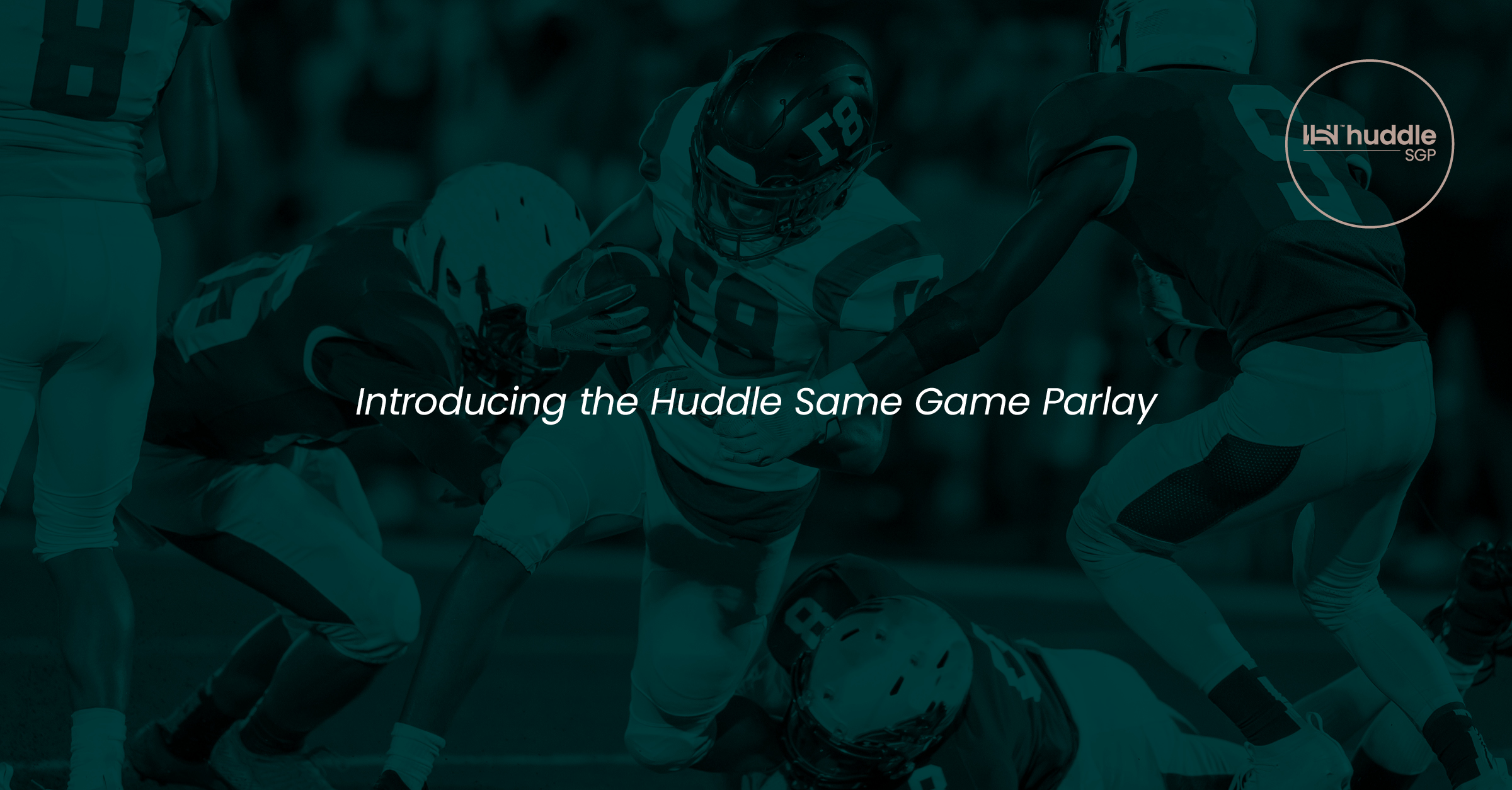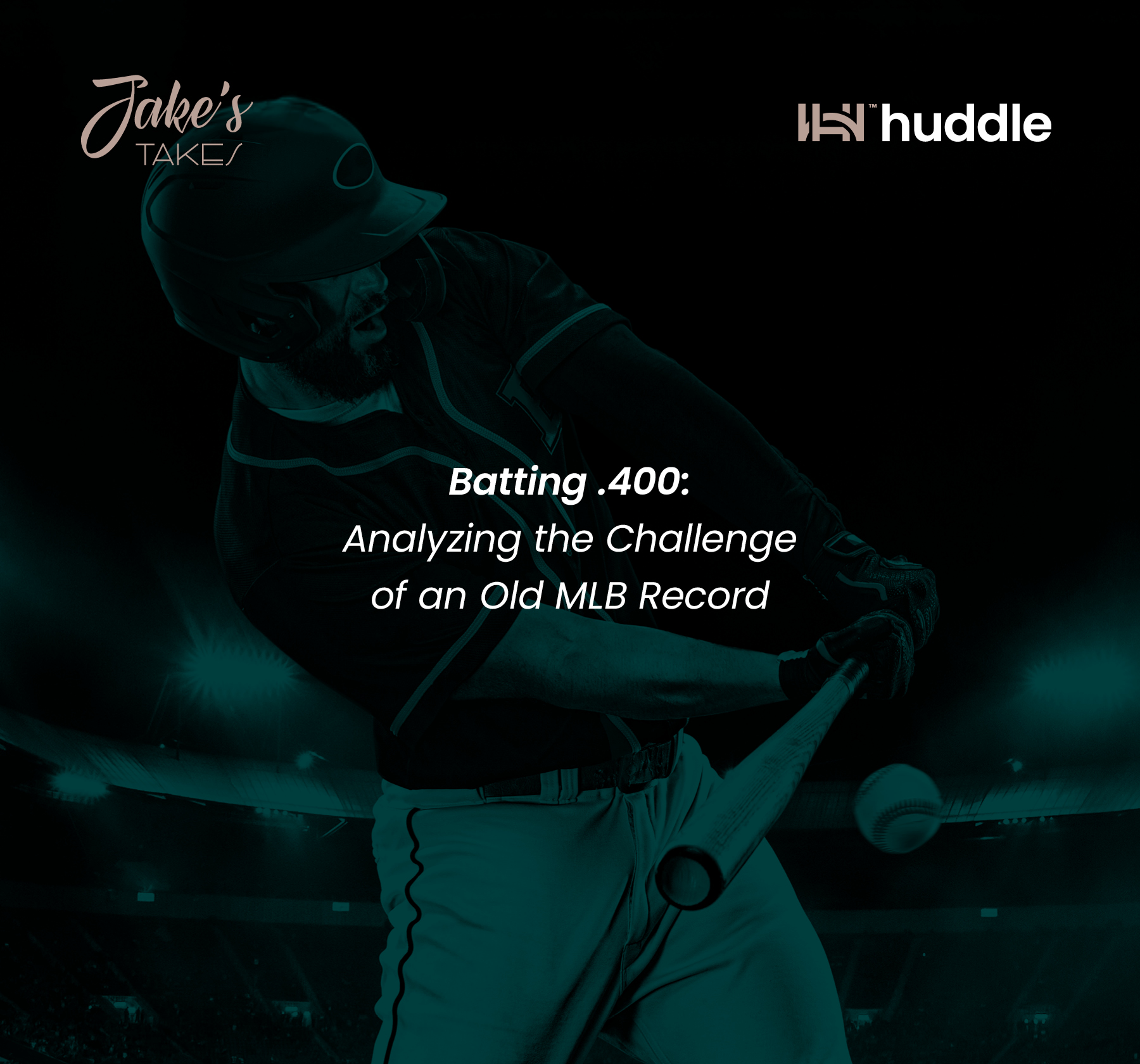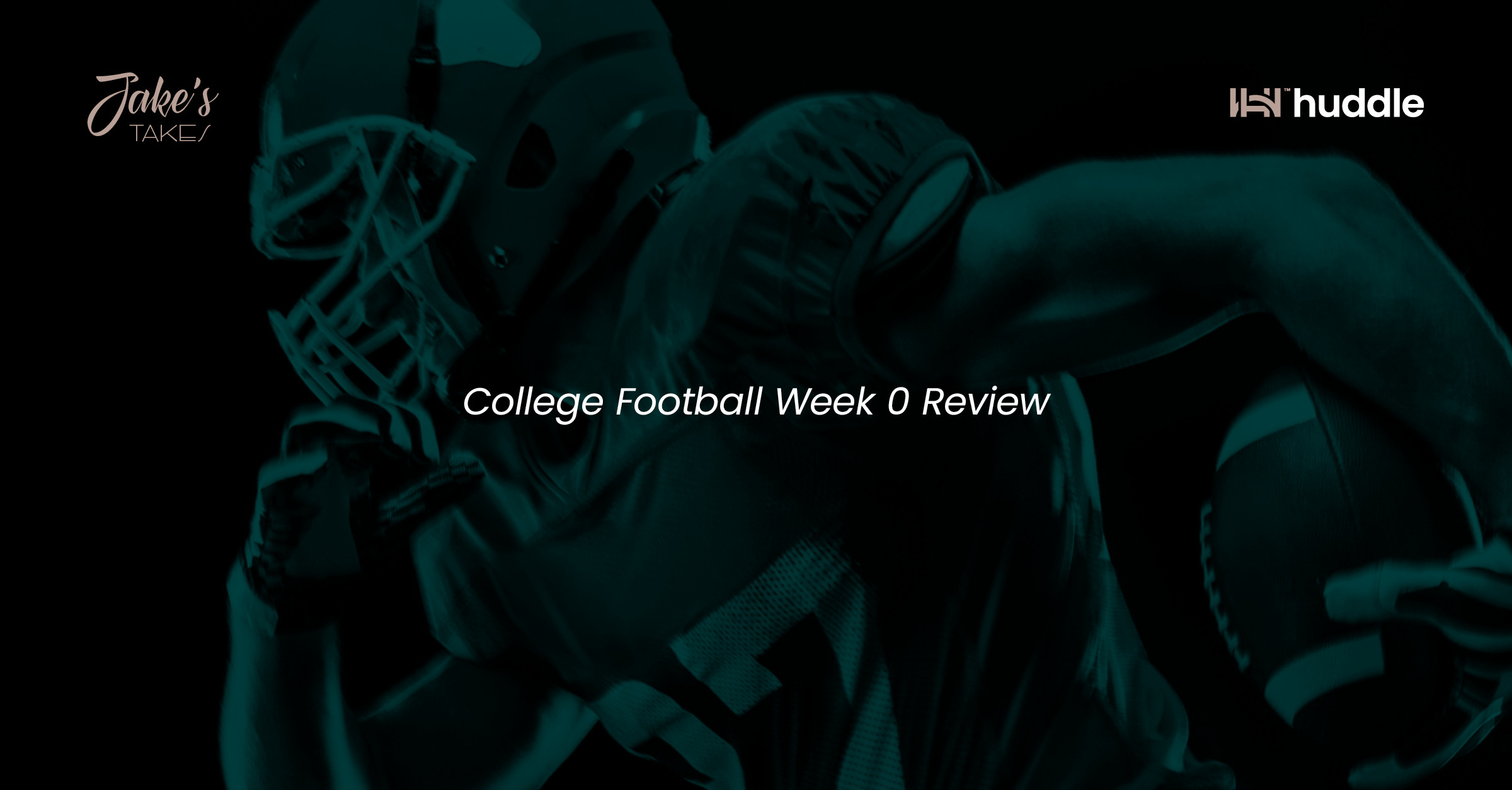
Trading the Madness: Tony Panos on Huddle’s Strategy for March Madness Trading
Blog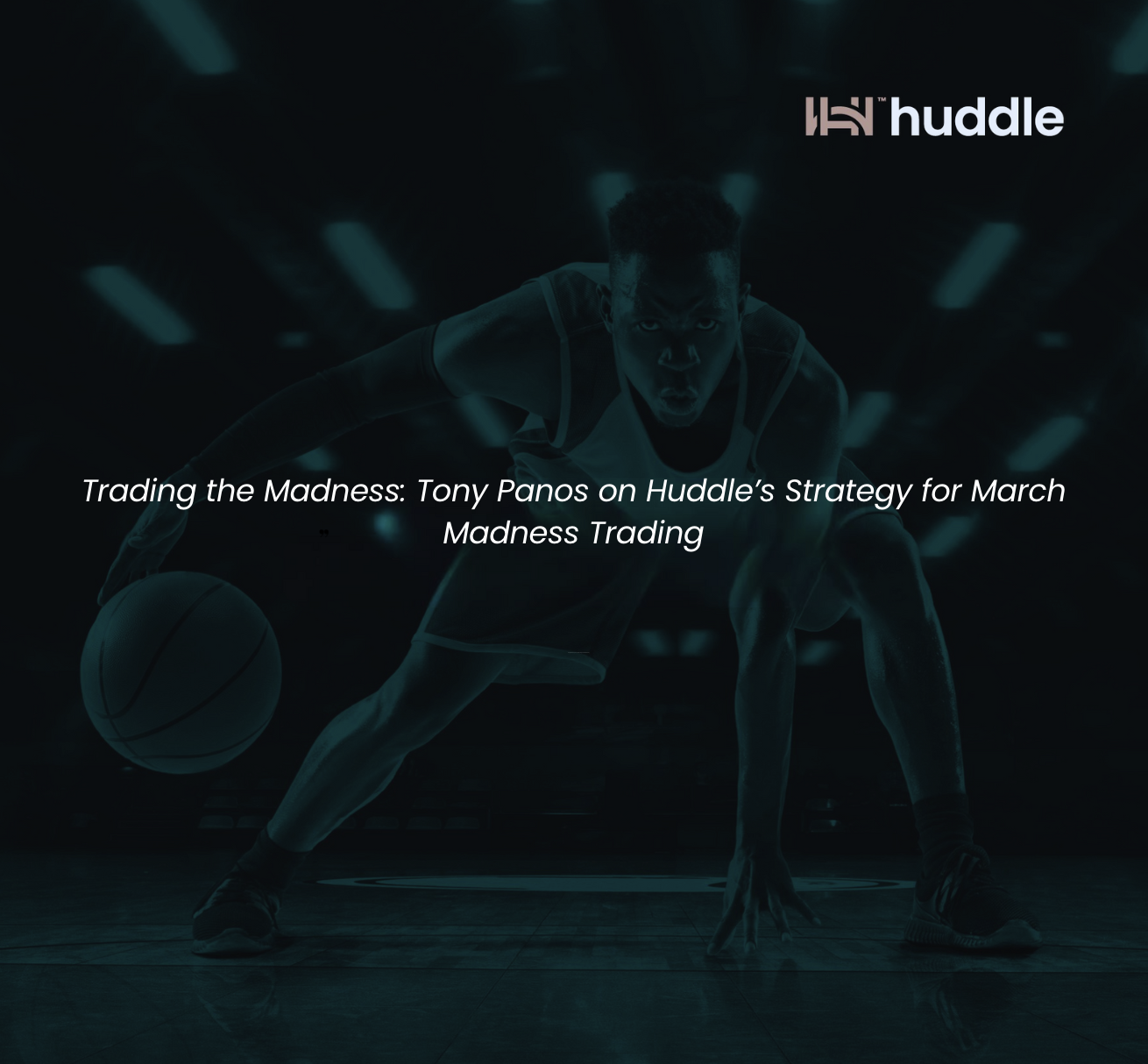
Trading the Madness: Tony Panos on Huddle’s Strategy for March Madness Trading
We sat down with Tony Panos, one of Huddle’s trading experts, to discuss how the company has enhanced its live betting models for this year’s tournament, the key factors that influence college basketball odds, and how Huddle’s technology gives bettors an edge in the ever-changing landscape of March Madness.
Has Huddle introduced any new markets or product enhancements specifically for this year’s March Madness?
This season, we expanded our offerings to include the women’s tournament alongside the men’s, which brings a unique set of challenges. One key difference is the game structure - men’s games consist of two 20-minute halves, while women’s games are played in four 10-minute quarters. Effectively trading both requires a deep understanding of these nuances, as they impact pacing, momentum, and in-game adjustments. At Huddle, we utilize distinct models for the men’s and women’s competitions, allowing us to price each market accurately and adapt in real time.
When analyzing college basketball, what key factors do you focus on when predicting game outcomes, and how does Huddle’s in-game model enhance this process?
I tend to look at the projected pace of the game and how many possessions we think there will be. Factors like key injuries and recent changes the coaching staff have made, could all play a role in whether we expect the amount of possessions to go up or down. Huddle’s model allows us to make changes to the projected pace in real time. These adjustments can raise or lower the total as we see the game playing out live. In regards to injuries during game play we can alter each specific team in regards to how efficient they will be the rest of the game if they will be without a specific player.
March Madness presents a different set of challenges compared to regular season or conference tournament games. How does your preparation shift for this high-stakes event?
I think it’s very important to be aware of all the key players on each team, even the teams from the smaller conferences that many didn’t know about until the tournament started. There are many more people watching these games compared to the regular season so being aware of any important players that get in foul trouble or get injured during the game is important to stay on top of.
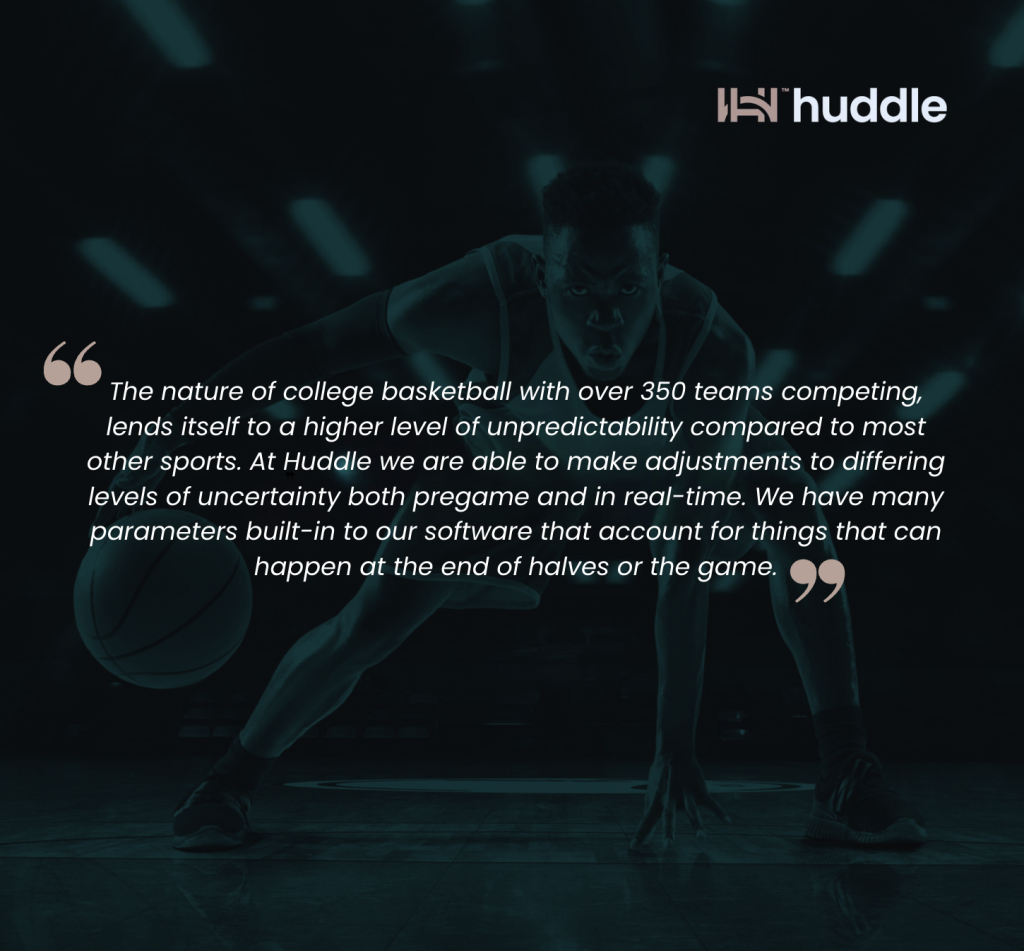
Are there any matchups this year that stand out to you - games where the odds or narratives don’t quite add up?
Two things come to mind. First, the best player for Duke, Cooper Flagg, came in with an ankle injury from the conference tournament and it was unknown whether he would play right away or be as effective if he did play. We expected that he would probably play and be fine, but even if he wasn’t, the overall team was so good around him that it wouldn’t matter too much, at least for the first two rounds.
Other narratives we followed closely were the play-in games featuring lower seeded teams. These play-in games were a few days before the main tournament got underway. I felt that both North Carolina and Xavier, the two #11 seed play-in winners, would likely struggle in the first round game of the main tournament for a few different reasons. North Carolina had struggled all season but won their play-in game by 27 so the market seemed to overadjust to the recent win and they were overvalued against Ole Miss a few days later and subsequently lost by 7. On the flip side, Xavier had a hard fought emotional come-from-behind win in a venue close to their campus. It seemed like a tall order to turn around 2 days later and win a game against a well rested and talented Illinois team. They ran out of gas in the second half of the game against Illinois and ended up losing by 13 points.
How does the unpredictability of March Madness - like upsets and buzzer-beaters - impact live betting markets, and how does Huddle’s technology adapt in real-time?
The nature of college basketball with over 350 teams competing, lends itself to a higher level of unpredictability compared to most other sports. At Huddle we are able to make adjustments to differing levels of uncertainty both pregame and in real-time. We have many parameters built-in to our software that account for things that can happen at the end of halves or the game.
This tournament is a ‘one-and-done’ format so we know going in, that each school is playing for their lives in every game that they play. This impacts the end of the game differently than maybe just a regular season game in December. Our technology paired with our excellent trading team can better account for these differences and we are able to adapt better in real-time than our competitors can.
Everything I shared here is a reflection of the collective effort and expertise of our NCAA basketball trading team Quentin Wetzel, Matt Goppert, Jaron Murphy, Colin Spenser, Drew Gearsback, and myself. Our combined knowledge and commitment play a crucial role in navigating the unique challenges of March Madness, allowing us to make real-time adjustments and maintain a competitive edge throughout the tournament.

